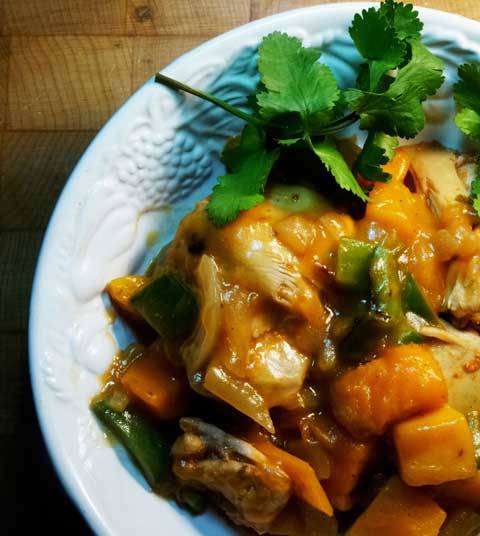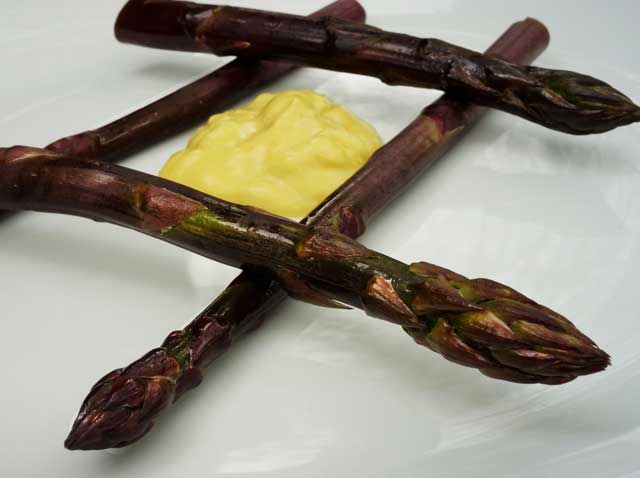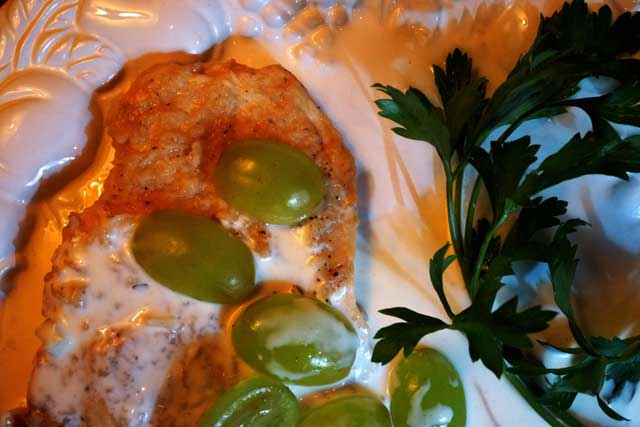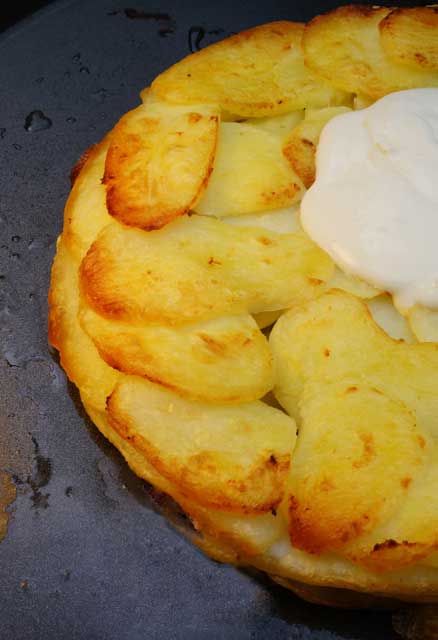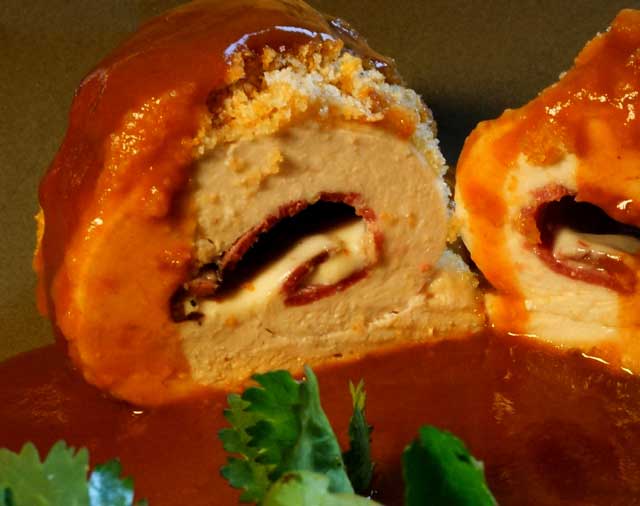Stuffed Pork Chops
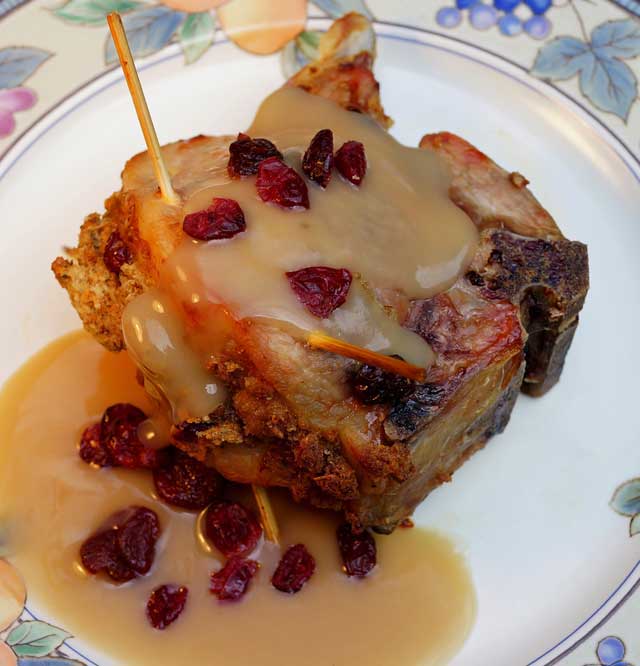
Ingredients:
2 tablespoons olive oil
4 thick pork chops, with bone in
3 cups French bread, cubed and toasted
½ stick of unsalted butter
¼ cup chicken stock
4 tablespoons chopped dried cherries
4 tablespoons chopped raisins
¼ teaspoon each, sage and rosemary, crushed
2 tablespoons finely chopped onion
Pinch of salt and pepper
1/3 cup kirsch
Additional melted butter
Additional chicken stock
Whole dried cherries and raisins for garnish
Directions:
1. Preheat oven to 350 degrees F.
2. Slice slits into the pork chops to the bone.
3. In a sauce pan, heat butter over low to medium heat (it burns easily!) and slowly cook the onions, cherries and raisins until soft.
4. Off the heat. Add to the pan the bread cubes, chicken broth, spices and salt and pepper, and mix.
5. Stuff mixture into the slits in the pork chops, secure with toothpicks.
6. In an ovenproof cast-iron skillet, heat the oil and brown the pork chops.
7. Add to baking dish and brush with additional butter.
8. Bake uncovered for 30-40 minutes until done (internal temperature 160 degrees F).
9. Remove chops to serving plate.
10. Deglaze skillet over low heat with kirsch (careful, it can catch fire!) and chicken stock. Pour over the chops, garnish with additional cherries and raisins.
